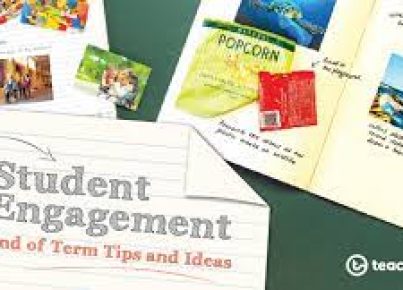Introduction:
As a new generation of teachers enters the education field, it’s important for them to understand and adopt modern teaching practices that cater to the diverse needs of students. One such practice is avoiding teaching to the middle, which means not centering lessons around average-performing students but instead considering various ability levels and catering to all students’ needs. In this article, we will discuss why teaching to the middle is an outdated practice and provide advice on alternatives for new educators looking to make a positive impact on students.
The Problem with Teaching to the Middle:
1.Limits Potential: Teaching to the middle assumes that all students have similar abilities, which limits high-performing students and hinders struggling students. This approach de-emphasizes differentiated instruction and reduces opportunities for growth.
2.Decreased Engagement: When lessons are designed around the middle, high-performing students may become bored, and struggling students may lose interest or feel overwhelmed. A lack of engagement can prevent optimal learning experiences for all students.
3.Inequality: By focusing on average-performing students, teachers tend to ignore other factors that impact learning, such as culture, gender, socio-economic status, and learning disabilities. This creates an unequal learning environment that hampers equitability.
Advice for New Teachers:
1.Embrace Differentiation: One size does not fit all when it comes to education. Ensure your lesson plans incorporate activities and materials at varying difficulty levels so that each student can be catered to based on their abilities.
2.Get to Know Your Students: Understanding your students’ strengths, weaknesses, learning styles, and interests will help you create more tailored lesson plans aimed at meeting their individual needs.
3 . Set High Expectations: Encourage all students by believing in their capabilities and setting high expectations for what they can achieve. This will motivate them to strive for excellence, regardless of their current academic standing.
4.Use Varied Assessment Techniques: Recognize that not all students demonstrate their knowledge and understanding in the same ways. Utilizing different assessment methods will help ensure fairness and allow each student to showcase their progress.
5.Foster Collaborative Learning: Create opportunities for students to work together on projects or group activities, allowing them to learn from one another’s strengths while simultaneously building social skills and trust.
6.Promote Growth Mindset: Teach students the value of perseverance and effort, rather than just focusing on natural ability. Help them understand that through hard work, they can develop their skills and talents over time.
Conclusion:
Teaching to the middle is no longer an acceptable practice given the emphasis on equality, inclusiveness, and personal growth in education today. New teachers have a unique opportunity to drive positive change by adapting their teaching methods to meet diverse needs of all students. Implementing differentiated instruction techniques, setting high expectations, fostering collaboration, and promoting a growth mindset will improve learning experiences for all students while preparing them for success in their future endeavors.





